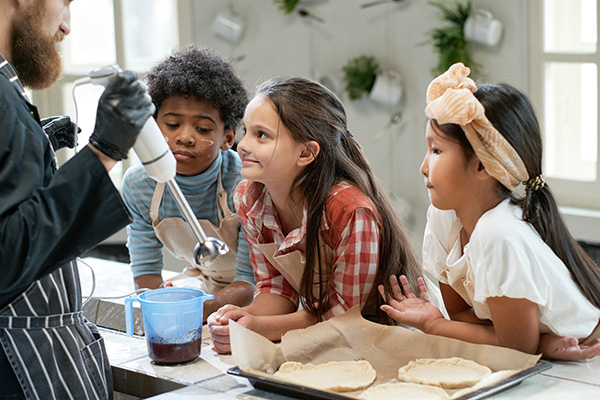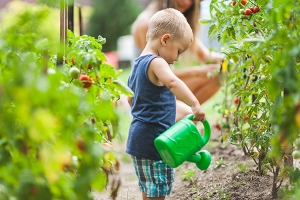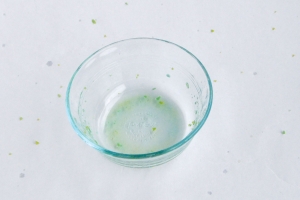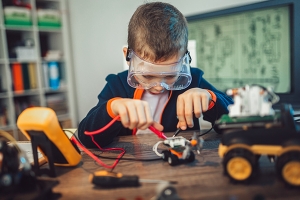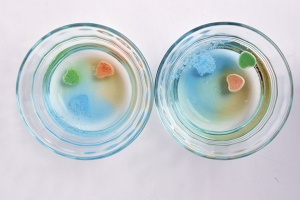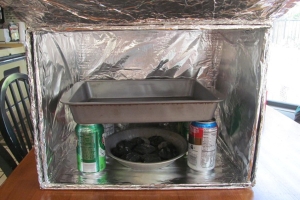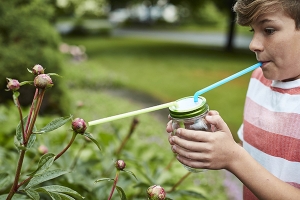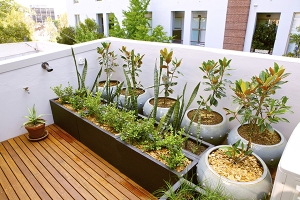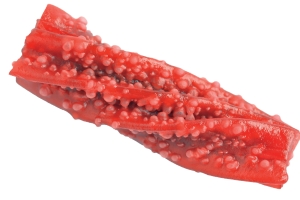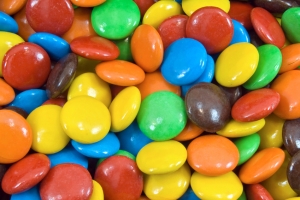Did you know there are more than 900,000 boats in the state of California? If you take a look around San Diego County on any given day you can spot many different types of boats. You might notice sailboats gliding along the coast or motorboats zooming across the inland lakes with wake boarders in tow. You might even glimpse kayaks or giant tankers in our local bays. Each of these boats is powered by a different means. Some are powered by wind, while others are fueled by gasoline or, in the case of kayaks, muscles. Try the activity below to discover another method for powering boats. 
Materials: plastic soda bottle with cap, thumb tack or small nail, toilet paper, baking soda, vinegar, marbles or small rocks, a tub or pool of water.
To Do:
Use the thumbtack or nail to poke a small hole in the cap of the soda bottle.
Lay three or four sheets of toilet paper on a table.
Carefully sprinkle baking soda across the sheets of toilet paper.
Spread the baking soda out evenly and roll up the toilet paper. Be sure to roll it up tight enough that it will fit inside the bottle.
Fill the soda bottle approximately one quarter of the way with vinegar.
Add a few marbles or small rocks to the bottle. You want to add enough weight so that the cap of the bottle will be under the water.
Place the toilet paper with the baking soda into the bottle of vinegar and quickly put the cap on the bottle.
Place your boat in the water and watch what happens!
Now Try This:
Experiment with different sizes or shapes of bottles. Do some work better than others? What might happen if you change the size of the hole in the cap? Try it and find out. You might also want to experiment with the amount of baking soda. Does more baking soda make your boat go farther? Why or why not?
What’s Going On?
Your boat is powered by a chemical reaction. The baking soda and vinegar react to create carbon dioxide gas. This is a special kind of chemical reaction called an acid-base reaction. The vinegar is an acid and the baking soda is a base. Whenever acids and bases are mixed together they form a chemical reaction.
As the carbon dioxide gas is produced, it is pushed through the hole in the bottle cap. The escaping gas pushes against the water and propels the boat forward. This is an example of Newton’s Third Law of Motion, which states that for every action there is an equal and opposite reaction. In this case, the action is the gas rushing out of the bottle and the reaction is the boat moving forward in the water.v
Debbie De Roma is the education manager at the Reuben H. Fleet Science Center.
